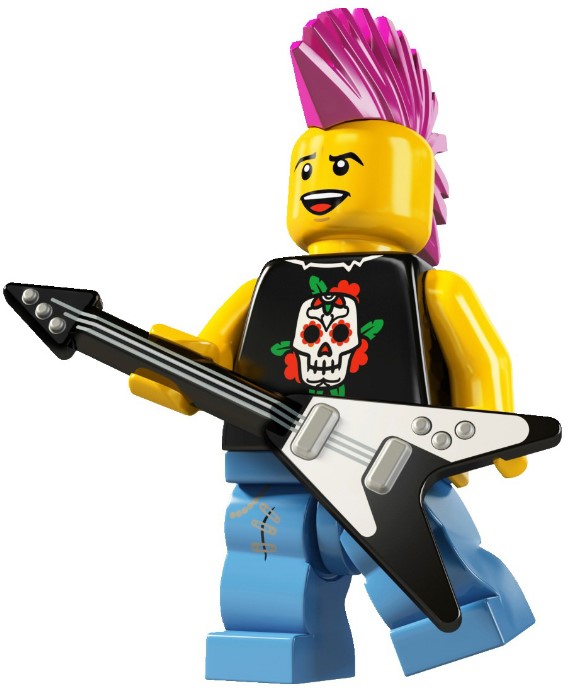And this is what we do
Remember the Chrysler spot featuring Eminem that ran during the Super Bowl a few months ago?
Of course you do - it was pretty epic, and by many accounts it was the one of the best, if not the best, commercial that ran during the game. In case you don't recall, or just need another two-minute fix, here it is again (email and RSS subscribers may need to click through):
Yesterday, the Mashable blog ran a short video piece featuring highlights from 25 Years of Animation from Pixar Animation Studios. Equally cool as the Eminem spot, but for different reasons. If you missed it, the video is embedded below (email and RSS subscribers may need to click through):
While not ostensibly recruiting type videos, they both easily could pass for them, and probably have a kind of ancillary benefit as such. When we talk about recruiting in the context of communicating to prospects and candidates about the 'employee value proposition' and conveying the 'employer brand', it seems like much of the conversation focuses on humanizing the organization - sharing the stories of real employees via video or written testimonials; and encouraging recruiters to develop more meaningful relationships and increased levels of genuine engagement and interaction with their talent communities.
While I agree that this 'humanization' concern is often necessary, and certainly important it might be that all the talk about making the personal connection and driving home the message about 'who we are', can take our focus too far from 'what we do'. And the 'what we do' message might just be as important, if not more important than the 'we have lots of fantastic people working here message.'
Every company has great people, or at least some great people. It isn't all that hard to find and highlight individual stories and achievements that help to drive home that message. But not as many organizations truly set their great people free to the degree that they do indeed create fantastic things, like we see in the Pixar example above.
An aspiring animator or storyteller can watch the Pixar piece above and know that while none of the 'people' that create that kind of magic were featured or even named in the video, that certainly going to work at Pixar would mean being surrounded by incredibly talented colleagues, and better still, ones that have the environment that supports that kind of fantastic achievement.
Sending out a recruiting message that says 'we have some amazing people here' is good, sharing the message of 'And we do some incredble things here' is better. And a much more challenging story to tell, but if you do, and can shape the story the right way the effect is pretty powerful.
How about you? Could you tell your 'And this is what we do' story in a way that would make us want to come and join you?

 Steve
Steve


